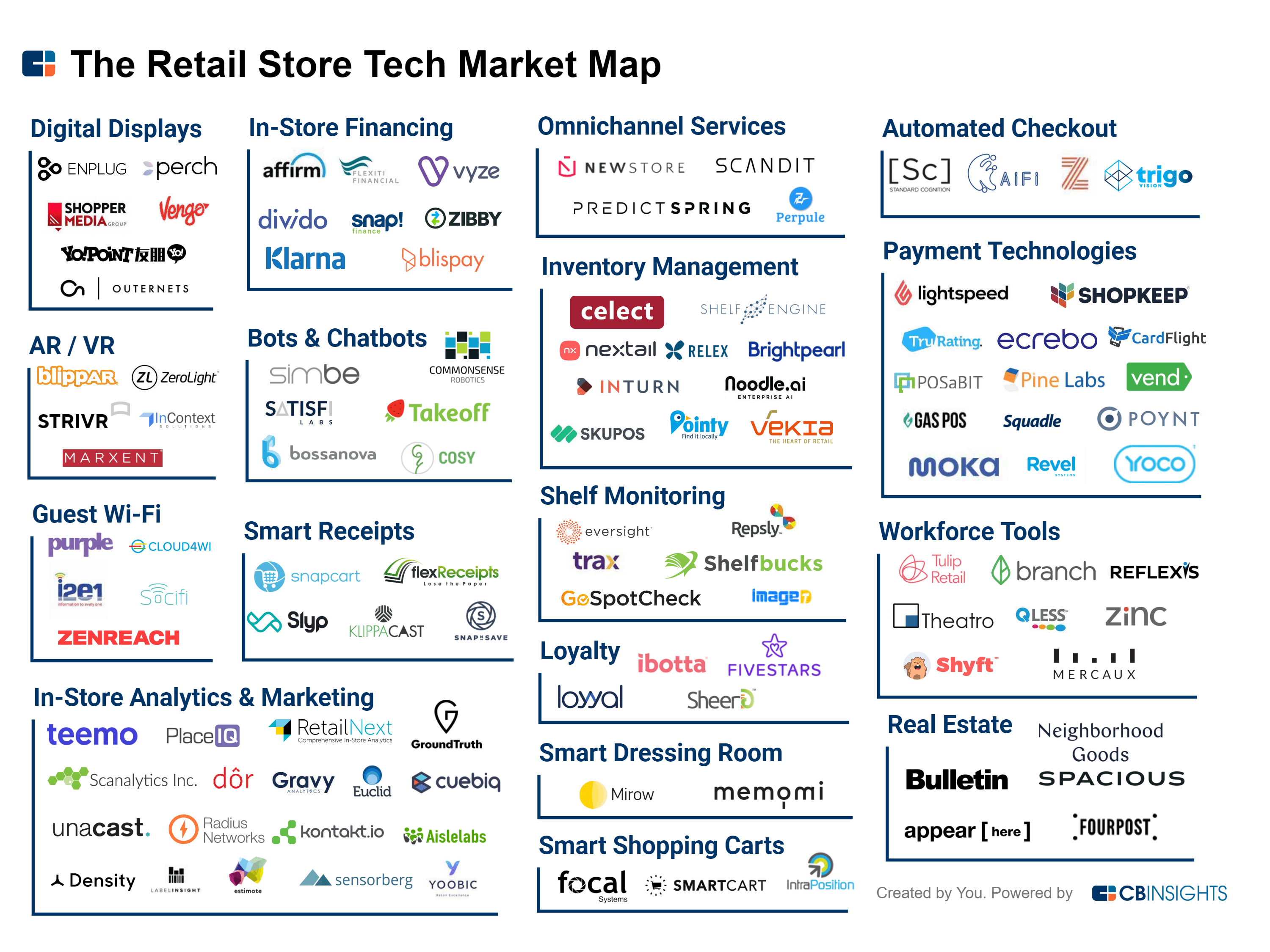Online retail sector set to soar – StartupSmart
Australian online retail sales will almost double from $16.9 billion in 2009 to $33.3 billion in 2015, according to new figures from Forrester Research.
The figures, compiled in a report written by analyst Steven Noble, suggest online retailing is likely to become a much more prominent part of retailing than many people realise.
“The proportion of Australian internet users who shop online is growing by 1% a year and will do so until 2015,” Noble says.
“At the same time, the proportion of Australian adults who are internet users is growing at 1% to 2% per annum.”
Online sales currently make up 7% of all local retail sales. However, Noble says the onset of the National Broadband Network will increase the popularity of online shopping as households enjoy better internet service.
According to Noble, there are three standout segments within online retail:
Computing. Computer hardware and software is the largest online category, predicted to reach $4.3 billion in 2015 based on a “very respectable” compound annual growth rate of 9% from 2009.
The value of computer hardware and software is reliant on two factors: the relatively high value of some items in this category, such as laptops, and good volume associated with smaller items that are easier to deliver, such as downloadable games.
Appliances. While fewer Australians buy appliances online then purchase items in some other categories, the high value of some goods they order in this segment boosts its overall value.
For example, home renovators might buy the makings of an entire new kitchen in one order online, including a fridge, oven stovetop, dishwasher and range hood.
Clothing. Contrary to popular opinion, this sector is lagging behind when compared to the United States. It doesn’t means that Australians aren’t buying clothes online – it means that Australian retailers are not yet selling large quantities of clothing online.
This is one category where overseas online retailers, with their greater product ranges, still seem to have the edge.
Noble says as the surge in Australian online retail continues, the market will place greater demands on retailers.
“At present, Australian online retailers enjoy slightly better results on key metrics than their counterparts in the US,” he says.
“However, as new entrants seek their slice of Australia’s growing online retail pie, competition will become more aggressive, and it will be harder than ever to continue to reap these returns.”
Noble says many Australian online retailers still take a basic approach to their product content, with the provision of product pictures, customer ratings and reviews.
“With increasing competition [and] a greater demand for online shopping… online shoppers will come to expect far richer experiences than ever before,” he says.
“For multichannel retailers, this will involve providing excellent information, help, and transactions to all customers regardless of channel.”
Finally, capacity constraints will become acute for online retailers, particularly the availability of skilled labour.
“These constraints will become more acute as online retailers run faster than ever to claim their share of this rapidly expanding pie. Australian retailers will increasingly recruit e-business and channel strategy professionals,” Noble says.
“They will also be forced to promote from within more aggressively. As the pool of appropriately experienced Australian talent grows, Australian online retailers will also increase their emphasis on traditional tactics in finding and retaining the staff they need.”

